How Bynder helps tech brands
It takes too long and too many people across different teams to get your hands on the asset you need right now.
Our solutionA central source of truth for every team
Make the right assets easily available to the right people with secure, 24/7 access to the DAM. Unburden your teams by building your portal around your company's needs and tap into the power of our state-of-the-art filter structure.
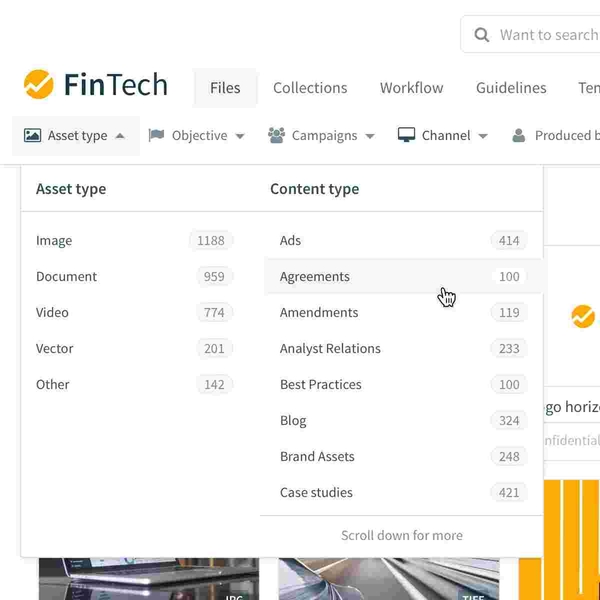
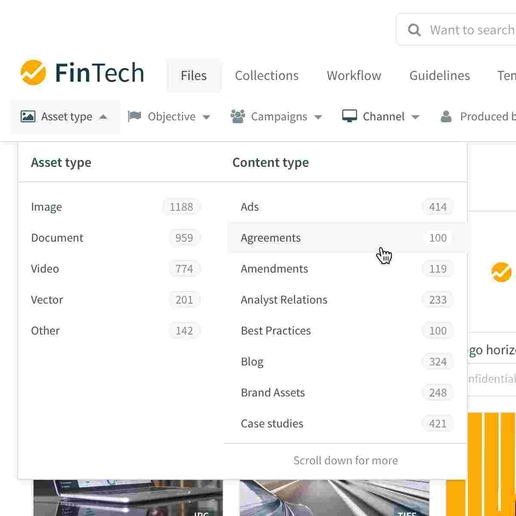
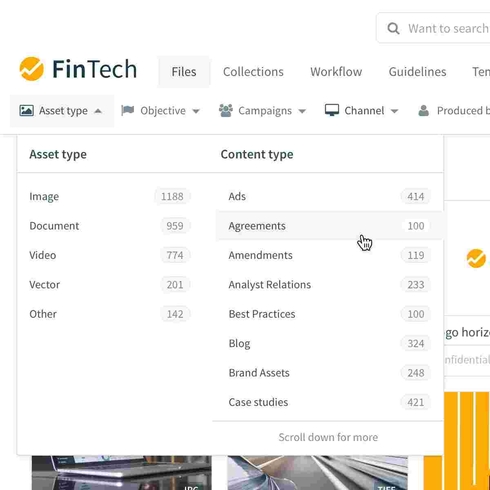
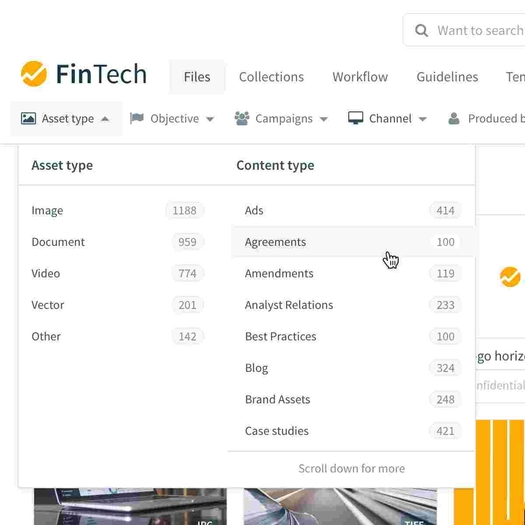
Your team is in a different timezone and it's unclear which assets can be used.
Our solutionCollaboration fit for global teams
Regional marketing teams can conveniently pull out of the DAM relevant, ready-to-use assets uploaded by creatives. With Bynder, you are always using the right asset. With our Asset Workflow module, only approved assets are automatically made available.
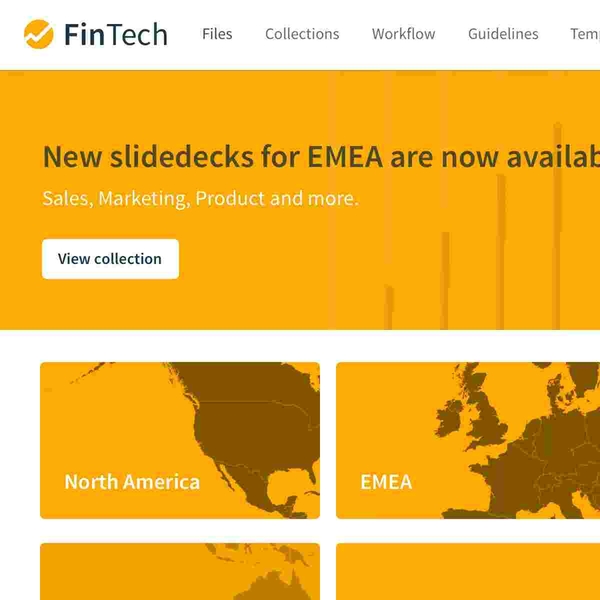
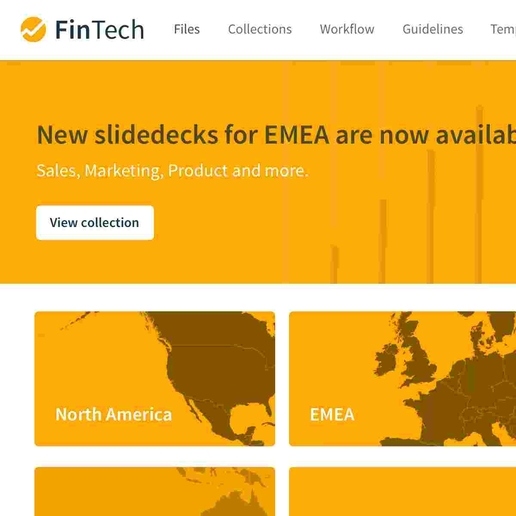
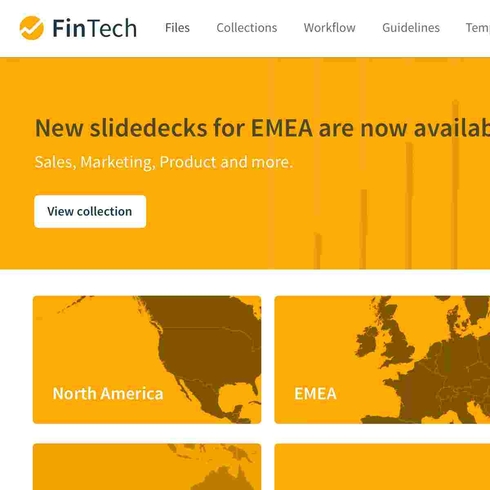
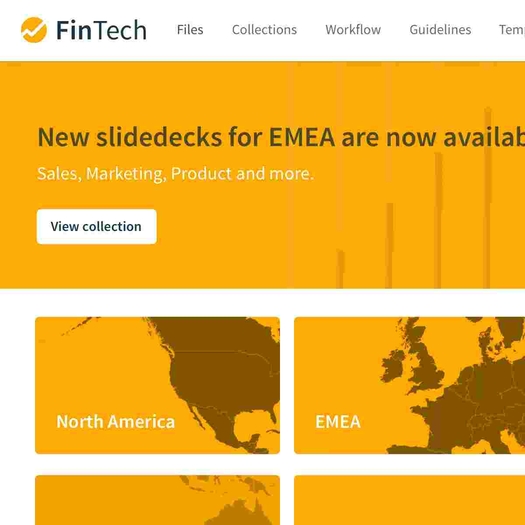
Project bottlenecks and repetitive processes puts a strain on team productivity.
Our solutionWorkflows made simple
From effortless feedback rounds with Asset Workflow to fast file sharing with Bynder Express, you can eliminate project bottlenecks. Reduce burdens by automating processes, make use of our API, or leverage our out of the box integrations to make Bynder part of your tech ecosystem.
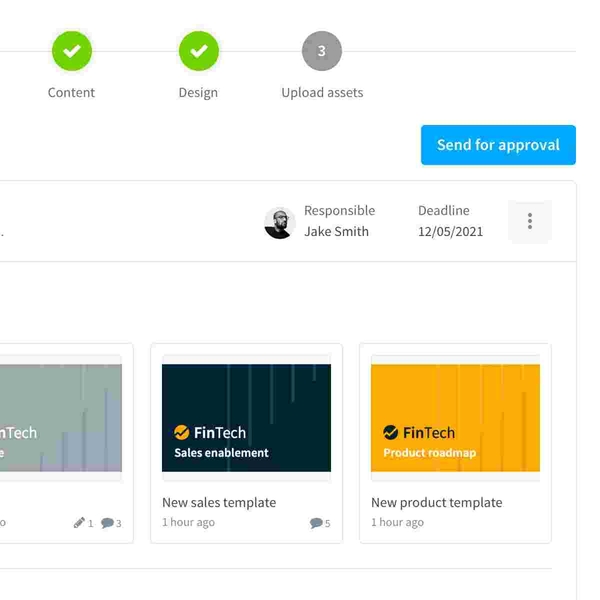
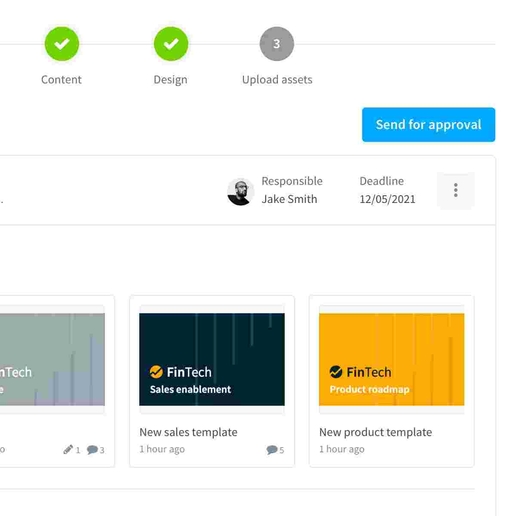
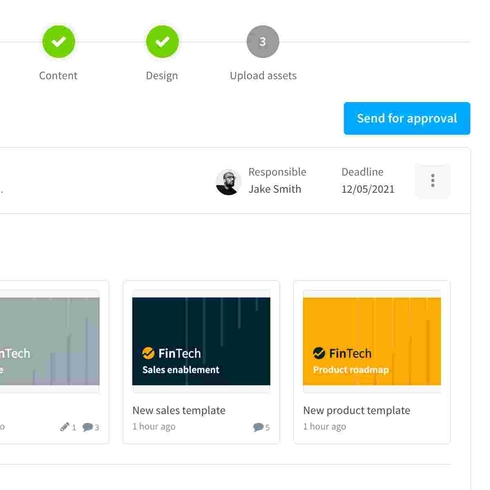
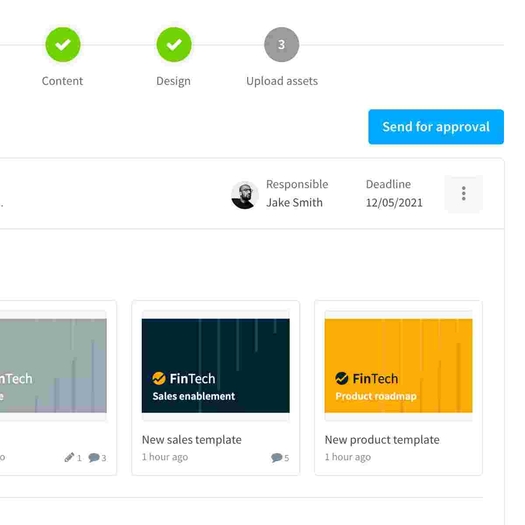
Every localization means starting from scratch each time, which ties up creative resources and puts your brand identity at risk.
Our solutionScaling for hypergrowth
Becoming global doesn't have to be a challenge. Easily localize and create different variations of materials across print, digital, and video. With the right guidelines at hand, you can deliver consistent, on-brand experiences across all marketing channels.
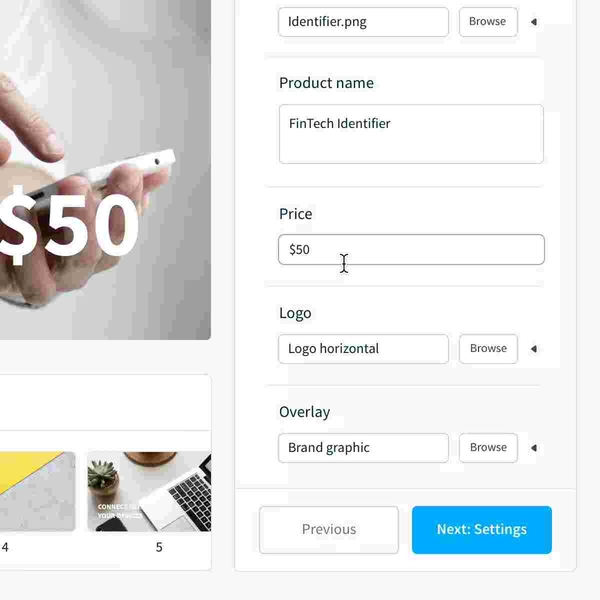
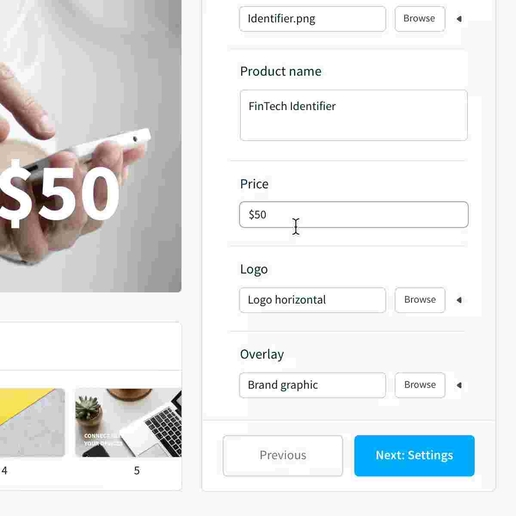
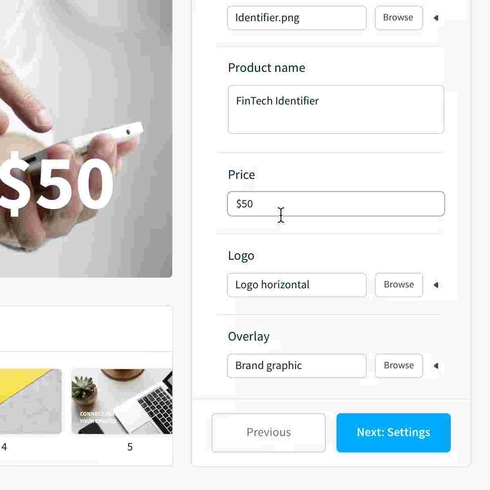
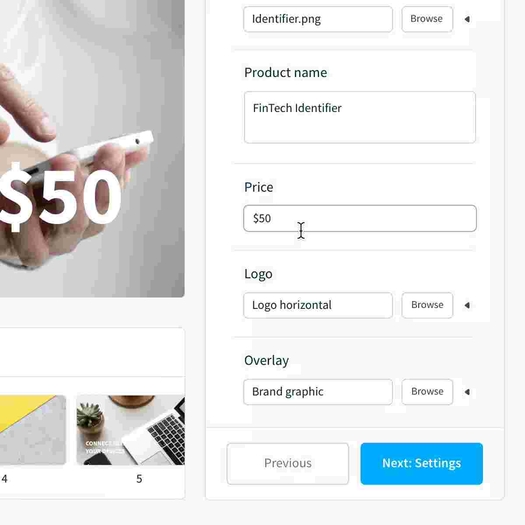
Suggested resources for technology brands

Curious how Bynder can help your brand?
Our in-house experts can walk you through everything you need to know.
Book a demo DAM Feature Overview























